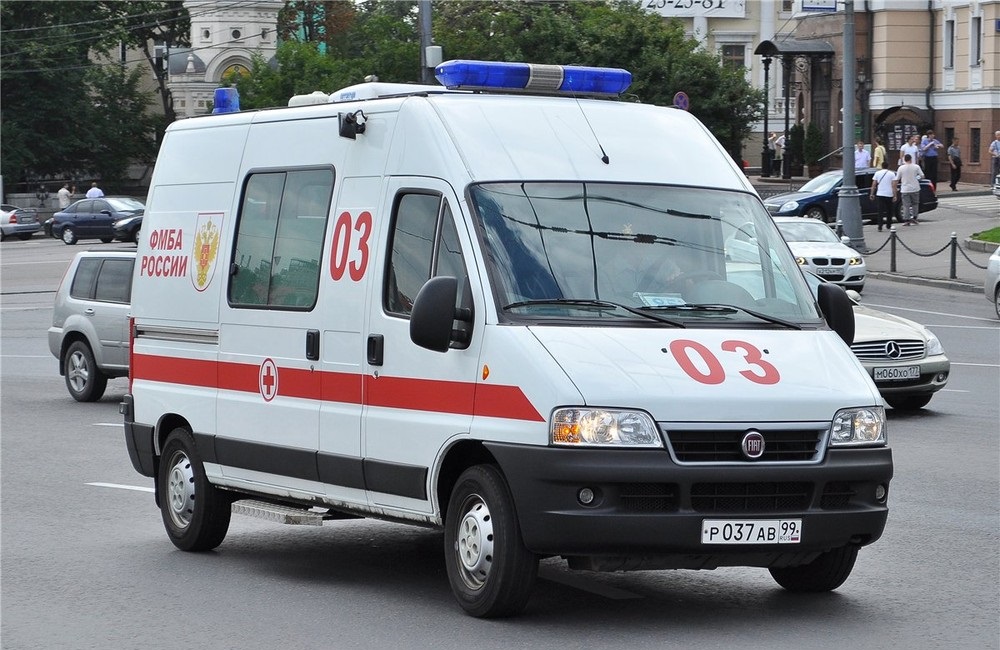70% of accidents result in injuries of varying severity. It is very important that the victim be in the hands of an experienced specialist as soon as possible, able to provide quality medical care. But if the arrival of doctors still needs to wait, you can take some measures to improve the well-being of the patient, to alleviate his current condition.
What is meant by harm to health?
The Government of the Russian Federation has developed a number of documents, which allows to formulate a general concept of harm to health. First of all, we are talking about RF Decree No. 522 of 2007, according to which this definition should be understood as a violation of the physiological component and the anatomical integrity of human tissues and organs that occurred as a result of various external factors (mental, physical, biological, and chemical).
This document also regulates the severity of health damage, which are determined as a result of medical examination and examination of the patient. Using special criteria, you can evaluate the injuries sustained by a living person, examine corpses, and also take additional actions based on medical documentation and criminal case materials.
How is the determination of the severity of harm to health?
The final conclusion about how badly the person who has applied for help has suffered is determined by the attending physician or forensic expert. It should be noted that the examination can be performed not only in state, but also in private medical institutions. In this case, the specialist performing the research must have the appropriate certificate confirming his qualifications.

During the work, the expert has to establish all violations of the physiology and anatomy of the body; for this, he must rely only on relevant data that can be obtained from the case file or from the patient’s card. If the originals are not provided to the specialist, their copies should be notarized, the one that ordered additional studies may act as a vising authority.
The victim could undergo examinations in various private-type medical organizations, relevant information should be available in registration books, cards, ECG, radiographs, etc. In case of death of the patient, damage that could have been received by him immediately before death can only be guess based on their nature, as well as on records in documents.
What is serious injury?
As a rule, a high degree of severity of injuries is indicated if they threaten human life. These include fractures of the neck, the base of the skull, intracranial injuries, penetrating wounds of the esophagus, trachea, and thyroid gland. Also, injuries that can lead to death, experts include dislocation of the cervical vertebrae, penetrating wounds of the chest, serious neck injuries.
In this category, injuries that cause complete loss of vision or can lead to irreversible permanent deterioration in the functioning of the visual organs fall into this category. This also includes the irreversible loss of the ability to articulate one’s own thoughts and total loss of hearing (provided that the person does not hear the speech made 4-5 centimeters from the ear). Loss of an organ or its partial or complete dysfunction can also be considered as serious harm to the patient’s well-being.
Doctors admit that when determining the severity of health, it is most difficult to work with women who, for one reason or another, terminated the pregnancy due to injuries. The consequences of injuries can be very different: the death of the fetus in the womb, miscarriage, premature birth, as well as those that can threaten the life of the expectant mother and even lead to death.
Those cases when the patient was seriously harmed, as a result of which he began to suffer from any mental disorder, can also be attributed to the highest degree of severity. Toxic addicts and drug addicts cause themselves serious harm, not always compatible with life.
If the victim survived and was able to recover from his injuries, he most often receives disability benefits and is entitled to benefits from the state. As criteria for determining the severity, damage to the facial area can be considered, which cannot subsequently disappear without surgical intervention. In this case, the examination must establish the fact that cosmetic surgery cannot be dispensed with, and the court must decide whether the victim’s face is really disfigured as a result of the injury.
When can a person be recognized as disabled?
After examining the doctor and determining the severity of the harm received by the patient, the latter can receive a long sick leave, since he will be prohibited from working. Temporary disability a person most often gets with open or closed fractures of the humerus or elbow joint, these injuries are, according to statistics, one of the most frequent, the reason for their appearance is usually non-compliance with basic safety rules.
In this case, everything will depend on the severity of the fractures, especially the damage to the femurs is especially difficult, since they heal for a long time. If the bones do not grow together correctly, there is a risk that a person will limp all his life and, if his state of health worsens, he may lose working capacity completely. The duration of treatment for the period during which the patient is recognized as temporarily incapacitated depends on the objective data obtained as a result of conducting studies of the body.
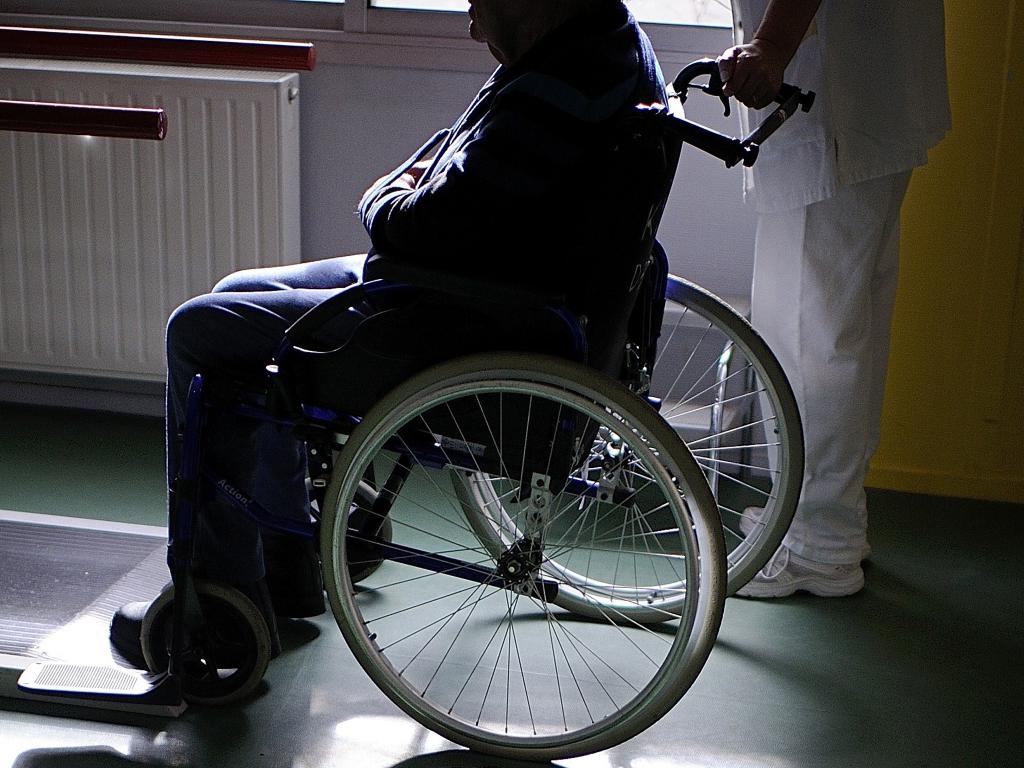
If your well-being has deteriorated so much that you have been on sick leave for more than 4 months, the likelihood that you will be recognized as completely incapable of work is very high. This status is also given in case of unfavorable clinical prognoses, when a person loses the ability to self-service and can no longer do this or that job. In this case, the patient’s qualification does not play any role, however, those who nevertheless lost the official status of a working person do not give up and find work in other areas, many go to freelance.
If a child is injured, then his disability is determined on the basis of forecasting. In most cases, childhood injuries can be cured, special attention must be paid to the psychological adaptation of children to the situation, which is why almost every hospital has a staff psychologist.
Why is average harm dangerous?
The moderate severity of injuries is interpreted as a temporary functional disorder of the organs and internal systems of the human body. It is assumed that the sick leave issued in connection with such a mutilation lasts more than three weeks, but less than 120 days. In this case, most of the time the patient is hospitalized in the appropriate institution. With an improvement in well-being, he is transferred to an outpatient regimen or even discharged home.
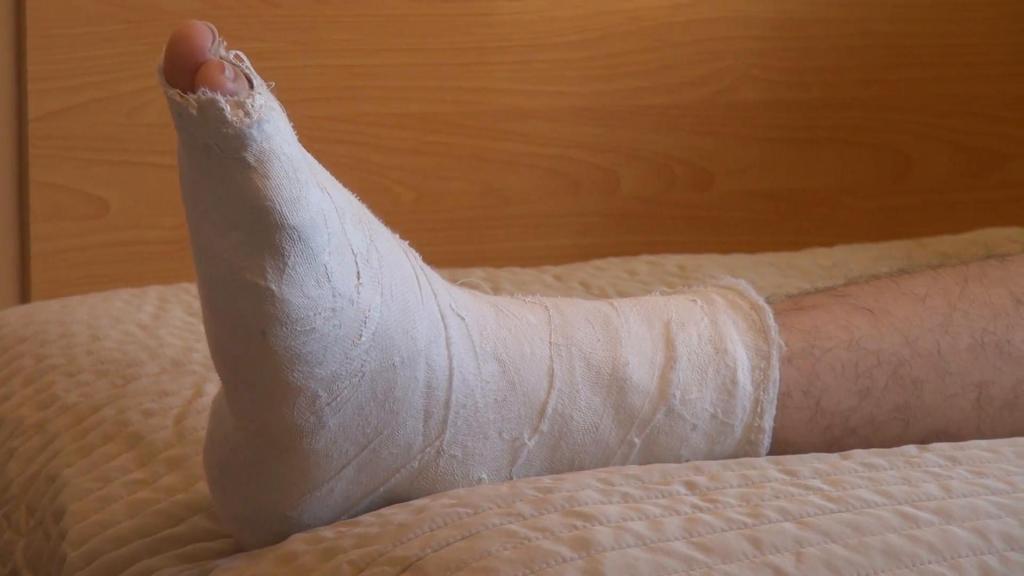
In case of moderate damage, in most cases we are talking about temporary disability. The main danger that can await the patient here is a sharp deterioration in well-being.Most often it is caused by an oversight of doctors who are not always able to discern all injuries sustained by the patient. That is why it is important that the victims are in good hands, only then can they receive quality treatment.
What is considered minor harm?
There are certain signs by which a mild degree of severity of health damage is classified. These include functional disorders of the internal organs and systems of a temporary nature, which can be eliminated in 21 days from the moment of injury. In most cases, this does not even require sick leave, and you can use outpatient treatment.
This category includes a minor disability, as well as a permanent loss of up to 10% of the total labor reserves. If we talk about the injuries themselves, then bruises, various bruises, bruises and abrasions, superficial damage to the skin, as well as those that do not entail a long-term health disorder and are not capable of causing great harm to a person, are suitable here.
What to do in case of fractures?
If you get into any emergency situation, you are unlikely to be able to assess the severity of the damage yourself or those who were close by. First aid skills can help you here. First, make sure that you are not in danger, then ensure a safe environment for the victim. Check your breathing and pulse, then call an emergency ambulance and provide a potential patient with comfortable conditions, wait for the arrival of specialists with him.
If you see several fractures in the victim at once that cause severe pain or bleeding, you need to be very careful when providing first aid. First you need to find the local place of each fracture and stop all bleeding. If the patient needs to be transferred, do not rush to do this, it is important to first understand whether such actions will cause additional injuries. In case of spinal injuries, the injured person must not move and even change their own position.
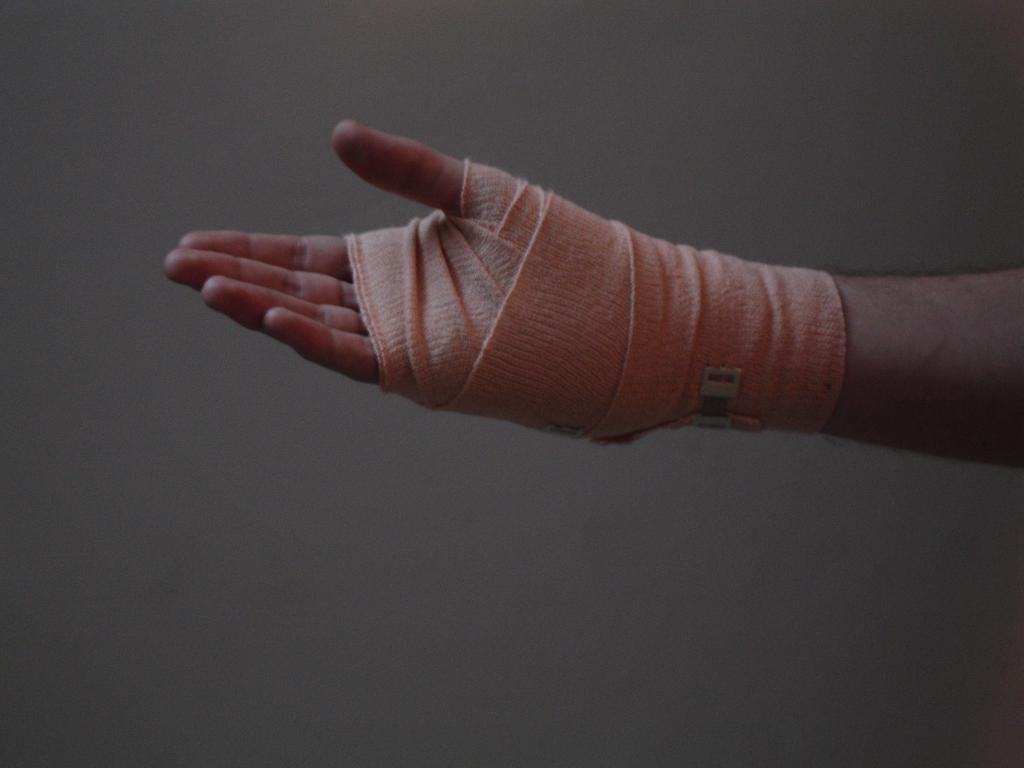
Next, you need to immobilize the bone and make it immovable in the fracture area. This can be achieved by splinting on joints below and above the damaged area. As improvised material, you can use rods, flat boards, rulers, etc. An impromptu tire must be applied to the joints, and then fixed with a patch or bandages, if any are available, any fabric will do.
The knot should not be tight, but tight, otherwise you can squeeze the blood vessels and provoke additional bleeding and even new fractures. If the fracture is closed and the skin is not damaged, immobilization over clothing can be carried out. Otherwise, the tire should never be applied to open wounds.
How to carry out mechanical ventilation?
If the victim got into an accident, he was shocked or an accident occurred on the water, in most cases, rescuers arriving at the site have to restore lung ventilation. Determining the severity of the damage received must be postponed, because every second is important here. The lay person can make mouth-to-mouth and mouth-to-mouth artificial respiration, in this case it will be the most effective measure.
First you need to clean the airways and oral cavity of blood, mucus and foreign objects. Make sure that the spine is not damaged in the victim, if everything is in order with him, throw his head back, hold your neck with your hand. Cover the victim’s mouth with a piece of tissue, then pinch his nose with the index and thumb. After a deep breath, press your lips to the patient's mouth and exhale.
The first ten exhalations must be completed in 30-35 seconds, they should be as fast as possible, then you can reduce the amplitude to 15 exhalations in 60 seconds. Be sure to control the chest movements of the victim.If it rises during mechanical ventilation, then your actions are correct and you need to continue them.
What to do if there is no pulse?
In the absence of a heartbeat, you will need to do an indoor heart massage. This event, aimed at restoring the work of the heart muscles, is most often used for injuries of a high degree of severity received by a person as a result of various incidents. It should be carried out only in the absence of pulse and breathing, if there is any sense in the massage there.
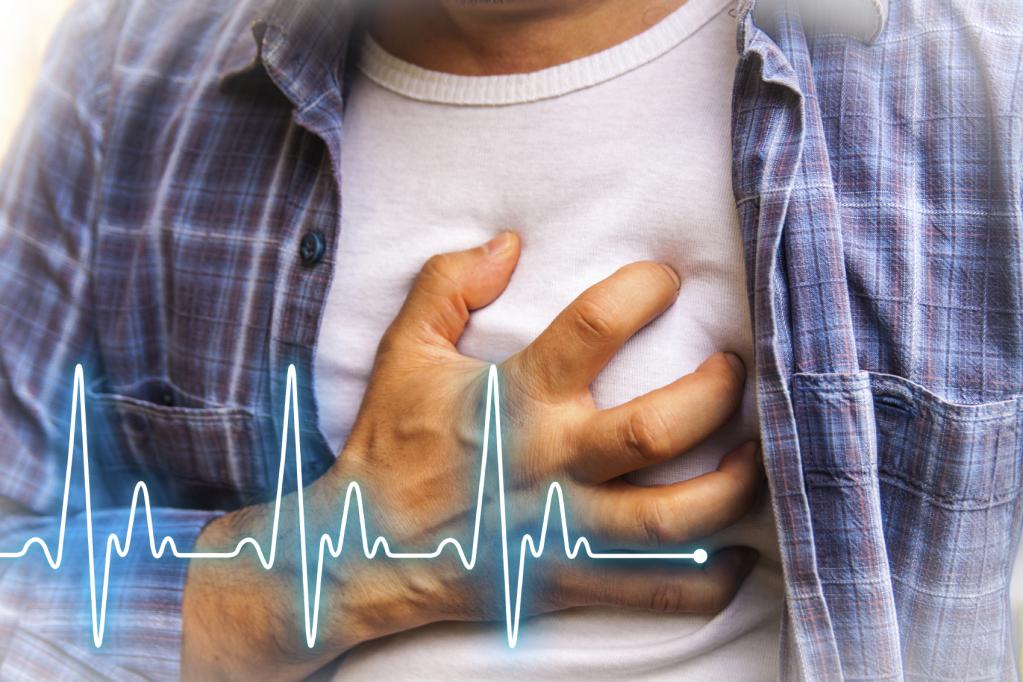
First you need to lay the patient on a hard surface, on soft massage is strictly prohibited. Next, you should find the xiphoid process, which is the narrowest and shortest part of the sternum and symbolizes its end. From it should be measured about 3-4 centimeters up, so you determine the point at which you will do the massage. Next, put the base of the palm on the compression point in such a way that the thumb points to either the patient’s stomach or his chin. Put the other on one palm, pay attention - massage is carried out only with the help of their base, you can’t touch the sternum with your fingers.
Next, rhythmic shocks should be carried out, they should be smooth, strong and strictly vertical. It is advisable to carry them out with a high frequency - about 100-110 shocks per minute. If a teenager is in trouble, massage is carried out with the help of only one palm, and for infants - with the middle and index fingers of one hand. As soon as the pulse appears or breathing is restored, immediately stop doing the massage and put the victim on his side, and then monitor his condition until the arrival of specialists.
When is a forensic examination used?
When determining the degree of severity, the health of the injured in an accident is assessed objectively with the help of an expert. The latter does not use direct questions when talking with the patient, since the latter may simulate or not be aware of what is happening and unknowingly exaggerate the extent of the injuries.
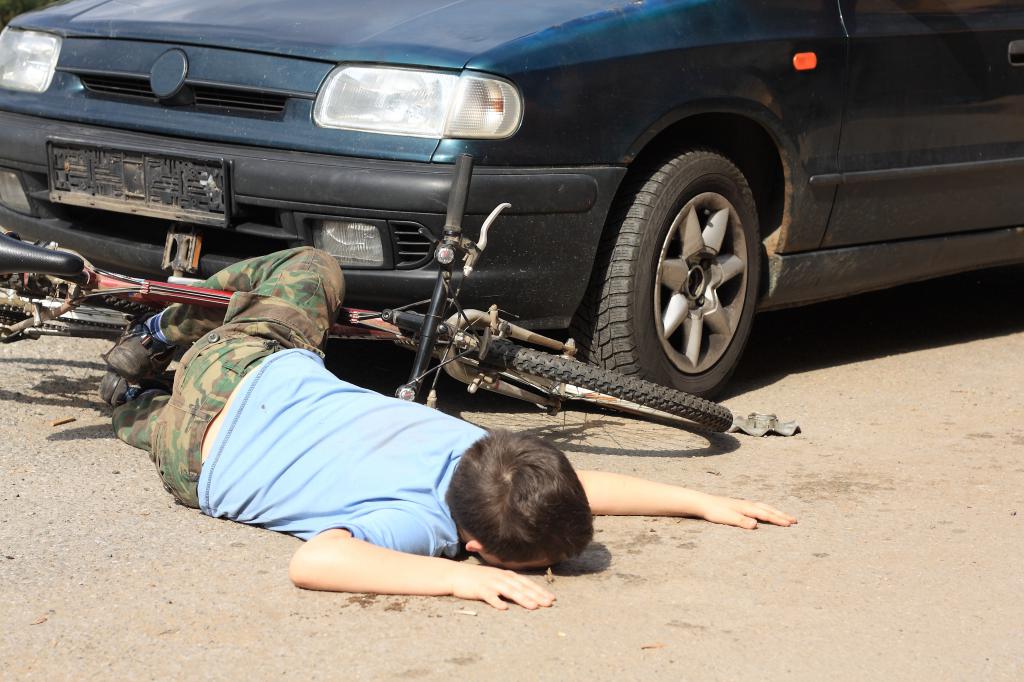
The specialist must determine the nature and type of damage using the provided documentation or personally conducted studies. The dimensions of the injury are described using geometric shapes, it is measured by height, width and length in centimeters, and also indicate the color of the injuries received. The physician’s jurisdiction also includes determining the limitation of the damage received, taking into account the age of the victim, the treatment methods used, general health status and other features.
If the victim was injured by force, the medical examiner is required to determine the means by which it was inflicted. He can do this based on the form of abrasions and bruising, as well as their properties and localization. Using the existing classification of severity, the specialist ultimately makes a decision on the condition of the victim and on assignment of disability (if necessary).
When is it impossible to determine the harm done?
The forensic expert must know all the criteria for the severity of the damage that a person may receive in a particular emergency. However, there are a number of cases where it is impossible to determine the harm that has been done to a person. For example, when research, studying documents and case materials cannot help to establish the injury, or the overall outcome of the harm received is unclear, provided that it is not dangerous to human life.
If the victim, who was supposed to undergo a forensic medical examination, could not attend or refused, it is also impossible to talk about establishing the severity of the damage. In quite rare cases, the forensic expert cannot write a conclusion because of the lack of necessary medical documents: examination results, laboratory and clinical studies, etc.
In what cases a criminal case?
In some cases, when experts have made a decision about the severity level of the injuries sustained by the victims of incidents, proceedings are instituted in accordance with the Criminal Code of the Russian Federation. We are talking about the intentional infliction of grievous, medium and light harm to health (Articles 111, 112 and 115 of the Criminal Code, respectively). This also includes harm caused in an affective state (Art. 113) and as a result of self-defense or abuse of authority when detaining a criminal (Art. 114).

The legislation also contains other articles providing for serious penalties for harm caused. In them, he appears as a qualifying attribute and is most often inflicted unintentionally. Such cases rarely go to court because of difficulties in determining the corpus delicti; perpetrators usually try to resolve the situation peacefully and even pay additional compensation to the victims.
In the Criminal Code of the Russian Federation, you can also find articles that describe other methods of causing damage. We are talking about tortures and beatings, which are not involved in forensic experts. To identify them, victims must contact the nearest police station and write a statement.
